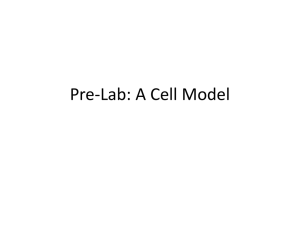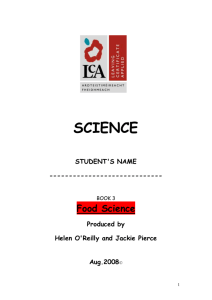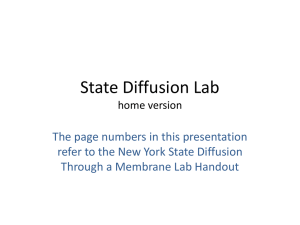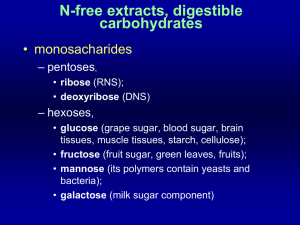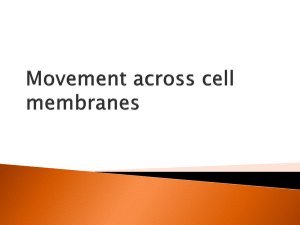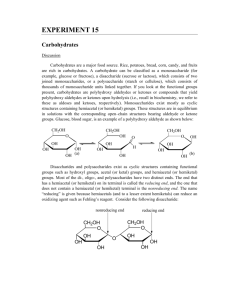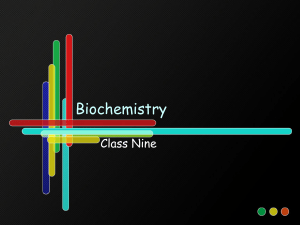HYDROLYSIS-OF-STARCH-BY-ACID
advertisement
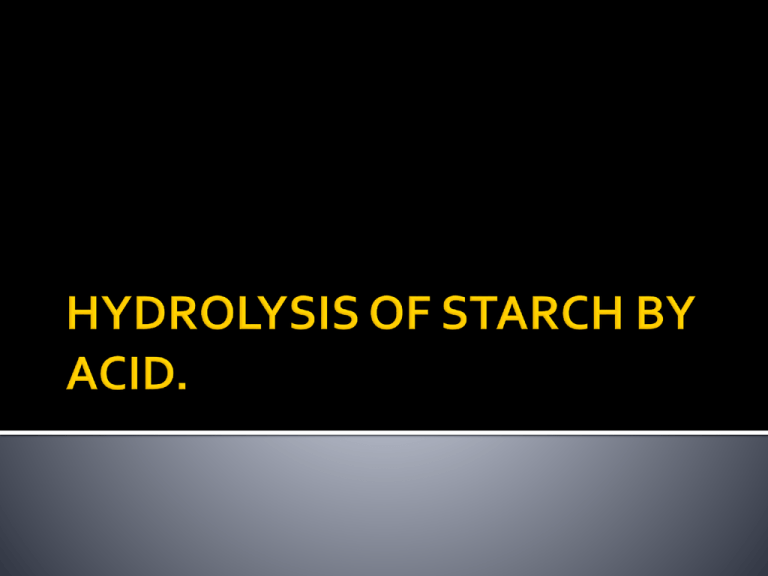
Polymers are broken down by hydrolysis, which is essentially the reverse of condensation;an OH group from water attaches to one monomer and a H attaches to the other. This is a hydrolysis reaction because water(hydro) is used to break(lyse) a bond. When a bond is broken energy is released. Polysaccharides such as starch,glycogen and dextrin give positive iodine test. Starch is a non reducing polysaccharide,therefore,it does not give positive results with benedict’s and barfoed reagents, nor does it form any osazone. However after hydrolysis into monosaccharide by the actions of strong acids,its components(glucose molecules) give all these tests positive. Heating of starch in the presence of HCl causes its hydrolysis into glucose. Because glucose have free aldehyde group,therefore it is a strongly reducing monosaccharide,and hence benedict’s, barfoed and osazone tests become positive. Sodium carbonate is added to neutralize excessive HCl,because the reducing ability of reducing sugars is high in the alkaline medium.and hence gives good results of benedict’s,barfoed and osazone test. Erythrodextrin gives Red colour . Its further hydrolysis produces achrodextrin which gives negative iodine test. When the iodine test becomes negative,we heat test tubes for 2 minutes more. The reason being is to provide time to complete hydrolysis of achrodextrin into maltose and maltose into glucose. Take two sets of test tubes with six test tubes in each set. Now add one ml of iodine solution in all the test tubes of first set. Take 5ml of benedict’s reagent in all the test tubes of second set. Take a beaker and put 35ml of starch paste in it. Now put 15 to 20 drops of conc.HCl in this beaker and mix it. The contents will swell. Now transfer this mixture into a test tube and put This test tube in boiling water bath and note time. Now take sample from the test tube for iodine and benedicts test. After every 2 to 3 min take sample from the test tube preferabely from the bottom and perform iodine and benedicts test. Repeat the procedure till achromic point is reached. Achromic Point: point when no colour is produced with iodine solution. At this point all the erythrodextrin is converted into achrodextrin and maltose. Chromic Point: it starts from zero point till achromic point is reached or it is the time required to reach the achromic point. In test tubes containing benedicts reagent, benedicts test will become positive stepwise due to the hydrolysis of starch by acid. Iodine test will stepwise become negative due to hydrolysis of starch because polysaccharide present changes into reducing monosaccharide. No change in colour (-) Green colour is produced (+) Yellow precipitate (++) Orange precipitate (+++) Dark orange precipitate (++++) Red colour precipitate (+++++) Although acid completely hydrolysis starch to give glucose,but this process gives various products which react with iodine and produse different colours. Starch(insoluble) ………… blue Starch(soluble) ………… blue Amylodextrin ………… blue purple Erythrodextrin ………… red Achrodextrin ………… no colour Maltose .………… no colour Glucose …………. No colour The hydrolysis of starch is a stepwise process which begins immediately after placing test tube in boiling water bath. After heating for first one minute no time should be wasted to start doing iodine test, otherwise the intermediate products can not be observed. In human body starch is hydrolysed by enzyme Amylase which is present in saliva and pancreatic juice. This hydrolyse starch to the stage of Maltose. Mostly with intermediate dextrin formation and only a traces of glucose are formed. Further conversion of maltose to glucose is facilitated by an enzyme Maltase present in mucosal cells of small intestine.




